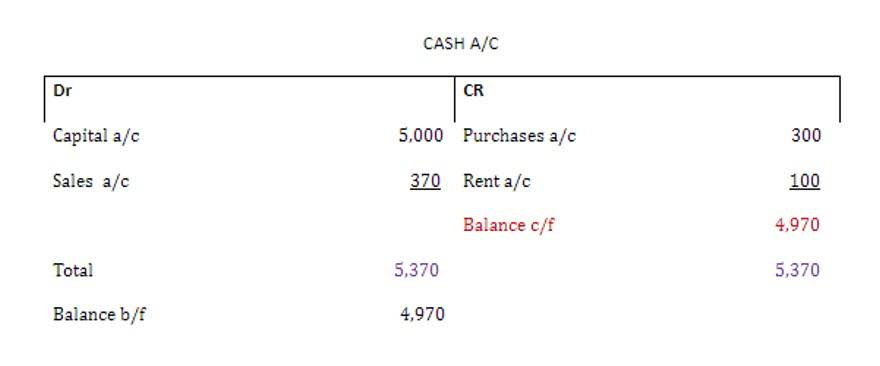
Number of days – this is the actual number of days that the account payable and cost of sales in based (for example 365 days). A company with a low DPO may indicate that the company days payable outstanding formula is not fully utilizing its credit period offered by creditors. Alternatively, it is possible that the company only has short-term credit arrangements with its creditors.

A higher DPO indicates the company is taking longer to pay its bills, while a lower DPO shows it is paying suppliers faster. In summary, Days Payable Outstanding is a vital accounting formula for businesses to master in optimizing working capital, cash flow, supplier relationships, and financing decisions. Tracking it over time provides insights into the timing of cash inflows and outflows. The number of days in the corresponding period is usually taken as 365 for a year and 90 for a quarter.
Why days payable outstanding is a crucial metric for your cash flow management
Next, we’ll average Ford’s payable balance by adding 2021’s ending balance to 2022’s ending balance and dividing by two – we get $23.977 billion as our average accounts payable balance. The value for days payable outstanding is too high if a company cannot pay its invoices on time due to cash shortages. In this case, the cause of the cash shortages must be investigated and remedied. In this article, we will explain what is DPO, which stands for days payable outstanding, and how to calculate DPO. Moreover, we will also show you how to apply DPO in company analysis to help you understand the purpose of calculating DPO. Keep reading, and you will learn how to calculate DPO and use it to analyze the efficiency of any company.

Generally, a company acquires inventory, utilities, and other necessary services on credit. It results in accounts payable (AP), a key accounting entry that represents a company’s obligation to pay off the short-term liabilities to its creditors or suppliers. Beyond the actual dollar amount to be paid, the timing of the payments—from the date of receiving the bill till the cash actually going out of the company’s account—also becomes an important aspect of the business. DPO attempts to measure this average time cycle for outward payments and is calculated by taking the standard accounting figures into consideration over a specified period of time. Days Payable Outstanding (DPO) is an important financial metric that can provide valuable insights into a company’s cash flow management and vendor relationships.
Applications in Financial Modeling and Analysis
Days Payable Outstanding (DPO) is just one of several key financial metrics that businesses use to monitor their financial health. Other important metrics include Days Sales Outstanding (DSO), Inventory Turnover, and Gross Margin. Therefore, in this example, it takes the company an average of 73 days to pay its vendors. By benchmarking its DPO against industry standards, a company can gain insights into how it is performing relative to its peers and identify areas for improvement.
To start our forecast of accounts payable, the first step is to calculate the historical DPO for 2020. During that stretch of time, when the supplier awaits the payment, the cash remains in the hands of the buyer, with no restrictions on how it can be spent. Delinquent Days Sales Outstanding (DDSO) is a good alternative for credit collection assessment or for use alongside DSO. Like any metric measuring a company’s performance, DSO should not be considered alone, but rather should be used with other metrics. When you receive an invoice from your supplier you might not want to pay it right away, but with a delay of 30 or up to 90 days.


Comment closed!